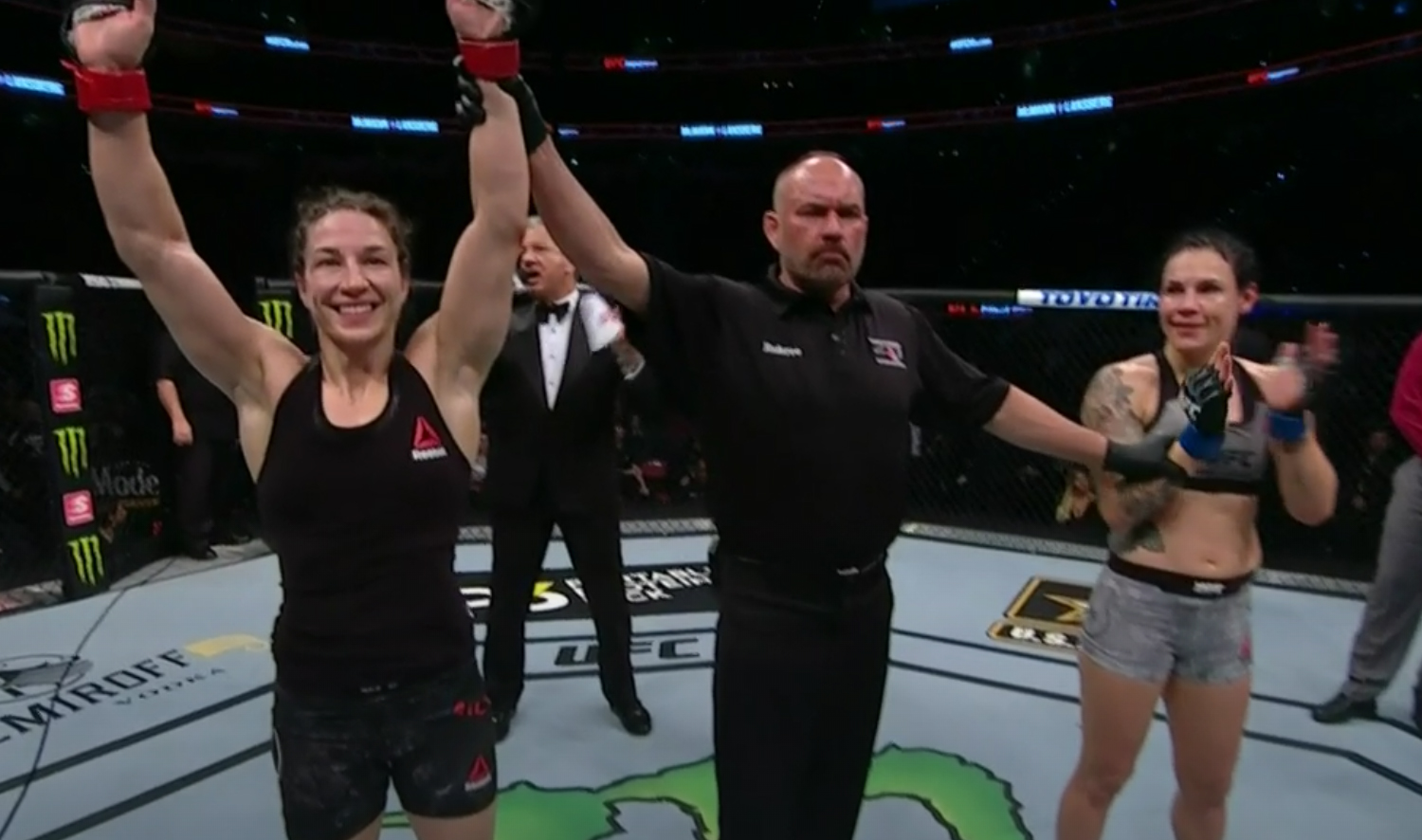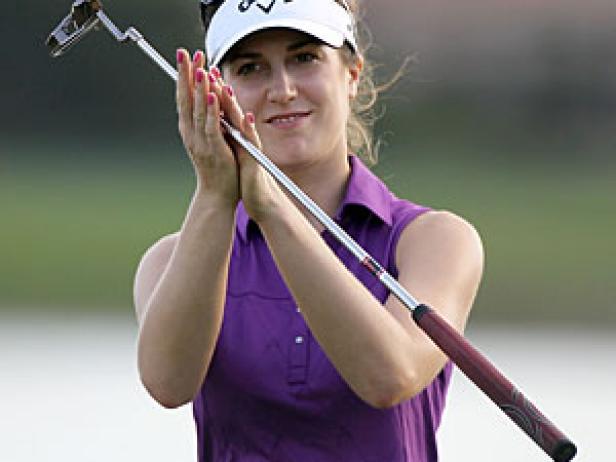
Cynthia Parlow Cone is an ex-soccer player and former professional executive. She is the president of the United States Soccer Federation. She was also a two time Olympic Gold medalist, and was the 1999 FIFA Women's World Cup winner. Her achievements include her being named the United States Soccer Federation's first female president.
President of U.S. Soccer
The U.S. Soccer Federation has re-elected Cindy Parlow Cone to another four-year term as president. Her primary areas of focus will be the collective bargaining process and a report from former Deputy Attorney General Sally Q. Yates into allegations of abuse in women's soccer. She will also continue to push for equal pay for female players. She will continue to work for equal pay for women players and she will be working hard to build the game in all its forms.
USSF has a poor financial standing. Parlow cone has had the challenge of dealing with a multitude of lawsuits, financial hardships, and her leadership has been capable to restore USSF's finances. The recent equal pay agreement has restored public trust in US Soccer, and allowed it to present a united front to commercial partners. Cone is still a president of US Soccer and has a lot to do.
Assistant coach at University of North Carolina
Cindy Parlow Cone used to be a player and now works as an assistant coach at the University of North Carolina women’s hockey team. Parlow Cone played college football at the University of North Carolina in Chapel Hill. She also has a lot of experience in coaching women’s soccer. She was also an USSF "A" License coach and attended FIFA Futuro III trainings.

Parlow cone was a four-time All-American during Parlow Cone's playing career, helping the Tar Heels to win three national titles and four ACC regular-season title. She was also awarded two Hermann Trophies. This is the top award in women’s collegiate soccer. She is also a member in the UNC women’s soccer hall of Fame.
First female president of U.S. Soccer
Cone is the current president of US Soccer. She was elected to this position in March by the Athletes Committee. Cone's focus as president has been to improve diversity, bring back commercial rights in-house and grow the sport in every form. In her two years as president, she has helped reach significant goals, including a historic collective bargaining agreement with the US National Teams' unions and equal pay for men's and women's soccer players.
Cone is a three times Olympian and was formerly a member of the senior U.S. National Team. Cone is also an inductee into the National Soccer Hall of Fame. As President, she oversaw a major shift in the Federation's priorities. She has increased emphasis on diversity, inclusion and team building.
Portland Thorns FC head coach
Portland Thorns FC, the current NWSL champions. The club has been looking to bring Parlow back after a two-year hiatus. The Thorns finished 9th in the league last season. However, the new head coach will have high expectations and limited funds. He or she needs to build a championship team.
Before taking the Portland Thorns FC job, Cone was an assistant coach for the University of North Carolina for four years. Cone was the coach of the team, which won four NCAA championships. As the Thorns' coach, Cone won four NCAA championships. In 2013, she was named the NWSL champion. Cone was a skilled coach who also served as a member on the US's youth taskforce, Athletes' committee and Youth Task Force. She was also inducted into the National Soccer Hall of Fame.

Face of "Safer Soccer" initiative
Parlow cone, a former soccer player, is now the face behind a campaign to make football safer for kids. Parlow Cone, a former Olympic Gold medalist, is not new to concussions. She suffered another one during the 2003 World Cup. She was diagnosed with a chronic headache and retired from the national soccer team. She is now a soccer coach in Chapel Hill in North Carolina and has shared her story and stressed the importance of safety.
The campaign has been joined by concussion experts as well as former professional soccer players. The goal of the campaign is to reduce head-to–head collisions to prevent injuries in young soccer players. A Washington State study of junior-high girls found that a heading ban could help prevent as many as 30 percent of injury. This could prevent an estimated 100,000 concussions from youth soccer.